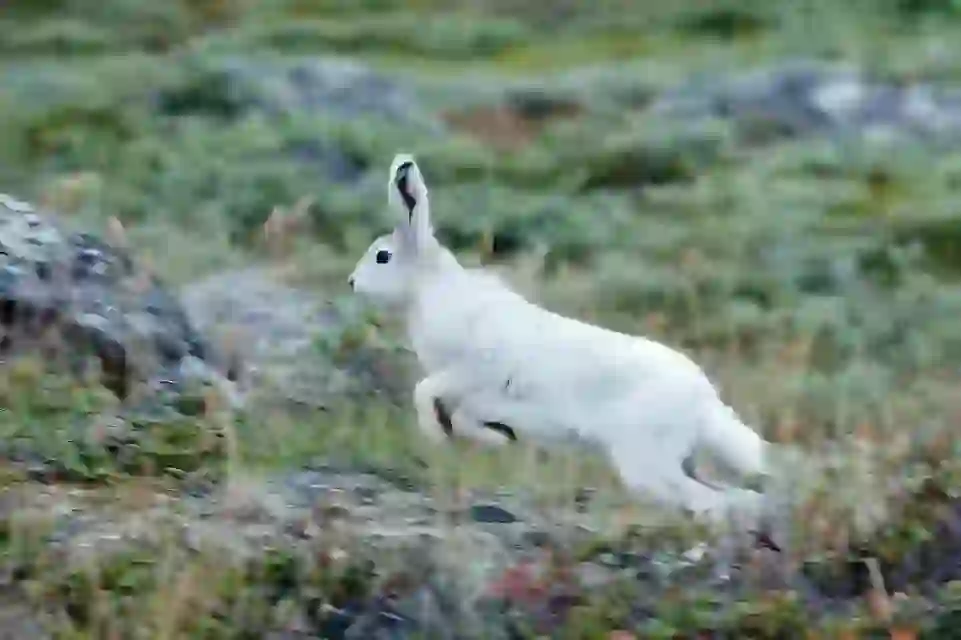
Arctic Hare
Arctic Hare
Arctic Hare
Speaking of rabbits, they are small animals with adorable long ears and a rounded figure. There is a wide variety of rabbits, some with slightly unusual characteristics. arctic hares are one of them. The long ears and round figure remain the same, but what is surprising is the long legs when standing up. At one point, it became a hot topic as "different from the rabbit I imagined". However, the loveliness unique to arctic hares seems to be addictive. Let's take a look at its ecology!
Arctic Hare Basic Infomation
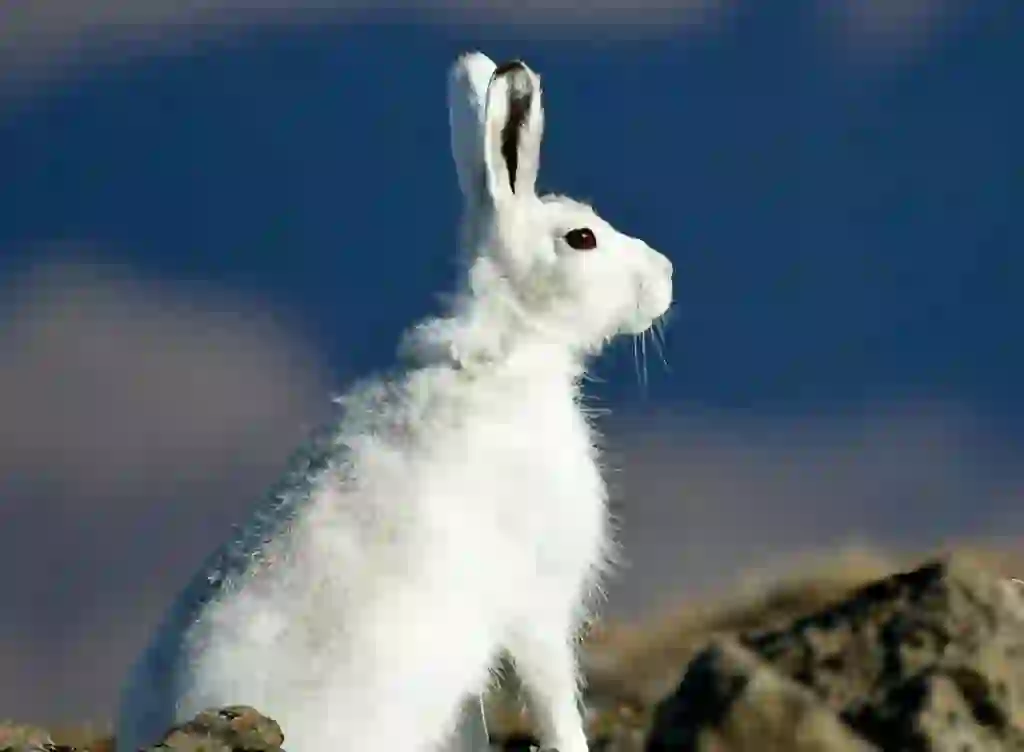
Mammalia-Lagomorpha-Leporidae-Hare genus.
Length:43−70cm Tail length:4.5-10cm weight:2.5-5.5kg.
The arctic hare is a relatively large rabbit, weighing about 2.5-5.5 kg, but some individuals can exceed 7 kg.
The arctic hare is characterized by its pure white fur, like other animals that live in the Arctic. However, the pure white fur is only seen in the snowy winter.
Like the ptarmigan and the ermine, which also live in the Arctic, the hare’s fur changes color depending on the environment and season. The pure white fur in winter is to blend in with the snow and not stand out.
Similarly, in spring and summer, the fur changes to brown or gray and camouflages with rocks and plants. By the way, in northern regions where summer is short, the fur is pure white all year round.
The winter fur is thick and can withstand the harsh cold. It is surprising that they can withstand temperatures as low as -40 degrees Celsius.
Another big feature of the arctic hare is its long legs. The crouching figure is round and very cute like a rabbit, but the standing figure looks like a different animal, so people who see it for the first time get confused. This mysterious figure is perhaps the greatest charm of the arctic hare.
Their main habitat is from the tundra region to the northern end of Canada. In other words, the Arctic Circle. They live in the Arctic Circle, but they do not hibernate. When it is very cold, they dig holes in the snow and cuddle together with other arctic hares to keep warm.
They usually act alone, but sometimes they act in groups as mentioned above, and sometimes they form groups of thousands.
When it comes to the breeding season, the males look for females to partner with, and sometimes fight with other males. They have fierce battles with their long legs, which are quite impressive. Once they secure a female partner, they decide on a territory, but sometimes the males form partnerships with multiple females. The females give birth to several babies a year, and the babies grow to the same size as their parents in about half a year. The arctic hare grows fast and acquires reproductive ability in about a year after birth. Once they can live on their own, they leave their mother’s side.
Arctic Hare Q&A

Where does the arctic hare get its name?
The polar rabbit is called "arctic hare" in English, but in fact, it is named "hokkyokuusagi" in the Japanese name. Why is it called the hokkyokuusagi by its Japanese name this time? We will introduce its origin.
The origin of the name of the hokkyokuusagi literally originates from usagi living in the hokkyokuken.
※The Arctic Circle is called "hokkyokuken" in Japanese, and rabbits are called "usagi" in Japanese.
By the way, the scientific name of the arctic hare is "lepus arcticus".
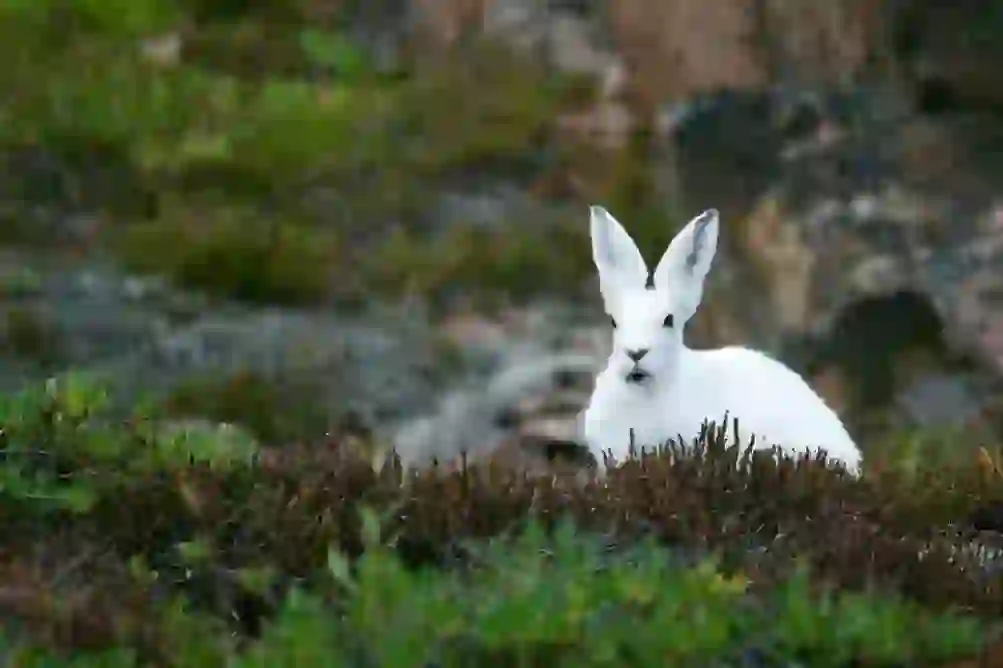
Why do arctic hares have long legs?
The biggest feature of the arctic hare is its long legs, which are unlike those of a typical rabbit. Why did they evolve this way?
It is said that it is to make it easier to move even in snowy conditions. In areas with deep snow like the Arctic Circle, leg length is important for moving quickly.
If they move on the snow with the rabbit legs that we imagine, they will inevitably be sluggish. Then they won’t be able to escape when attacked by predators.
If you are from a snowy country, you can imagine that it is easier to drive on the snow with a high car height. The arctic hare can also be said to have undergone its own evolution to adapt to its harsh habitat.

What do arctic hares eat?
Rabbits are generally known as herbivores. Especially the sight of them eating plants is lovely and cute.
However, the diet of the arctic hare is a little different. The arctic hare is more of an omnivore than a herbivore, and has been seen eating meat.
In winter, they dig up snow with their forelegs and nose, and eat plants such as buds, fruits, and mosses. From spring to autumn, they also eat flower buds and berries in addition to the above.
And they have been witnessed eating frozen fish and animal meat. It may be a necessary means to survive in the harsh Arctic Circle.
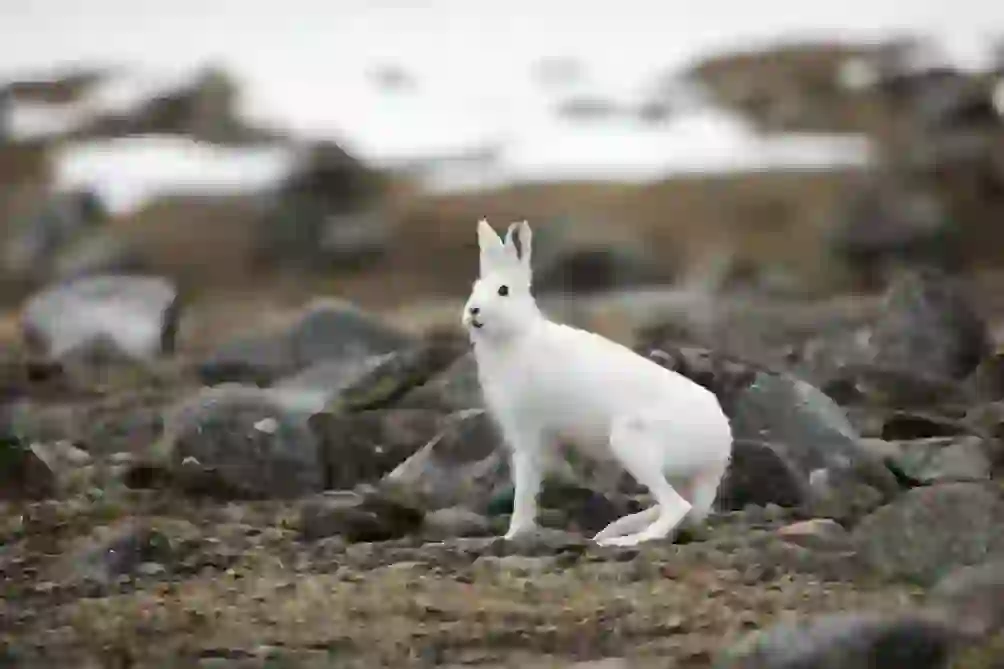
How fast can a arctic hare run?
The arctic hare runs at speeds of over 60km per hour. However, this is not so unusual, as normal hares can reach the same speed.
But the arctic hare can run at 60km per hour on snow. Snow is hard to run on and consumes a lot of energy. It’s surprising that they can run at the same speed as a car despite that.
They also travel long distances, and one individual covered 388km in 49days. Normal hares live in areas near their food sources, so this amount of exercise is a unique habit of the arctic hare.
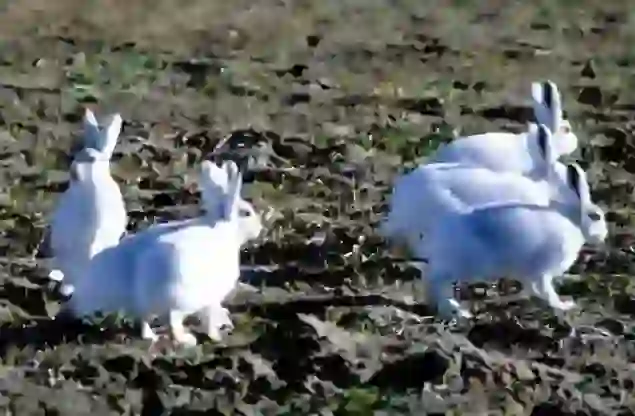
What is the lifespan of a arctic hare?
The lifespan of the arctic hare is said to be about 5 years on average. Other rabbits are said to live for about 8 years, and there are many long-lived rabbits that live for more than 10 years under captivity.
The short lifespan of the arctic hare is thought to be due to the harsh environment. In the Arctic Circle, food is scarce, which is also a major problem for other animals.
This means that there are many predators that prey on the arctic hare. It is also said that half of the arctic hares are preyed upon in a year, which may affect their short lifespan.

What are the natural enemies of arctic hares?
There are many predators that feed on the arctic hare, ranging from small to medium-sized carnivores. Specifically, these include the arctic wolf, the arctic fox, the ermine, and the snowy owl.
Especially, the arctic wolf is good at hunting the arctic hare, and it seems to prey on them from their childhood. They are targeted from the sky and the land, so they may have become vigilant and able to run fast.
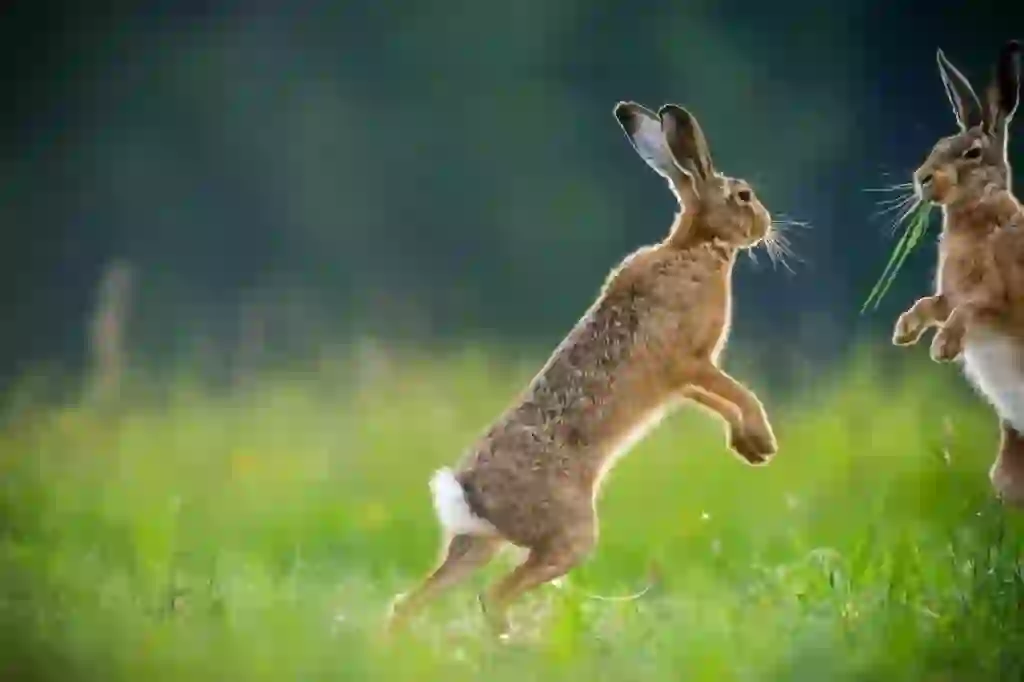
Are there rabbits similar to arctic hares?
There is a rabbit similar to the arctic hare, called the mountain hare. The mountain hare also belongs to the genus lepus and has long legs in common. There are also many other similarities between the arctic hare and the mountain hare, such as changing their fur color depending on the season.
That is not surprising, because the arctic hare was considered to be a subspecies of the mountain hare. They are now classified as separate species, but it makes sense that they have many similarities if they were thought to be the same species.
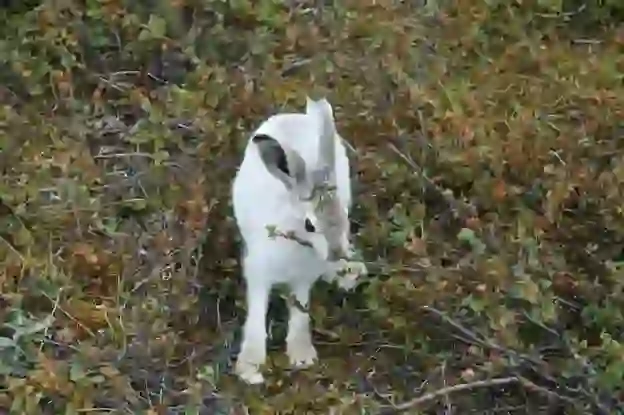
Can arctic hares be kept as pets?
When breeding rare animals at home, it is necessary to follow the established laws in some countries. In this article, we will introduce whether it is possible to keep arctic hares at home in Japan.
To conclude, unfortunately, the arctic hare cannot be kept as a pet.
The round shape of the arctic hare when it sits and the long legs when it stands up are attractive features that ordinary rabbits do not have. Some people may feel like they want to live with them as pets.
However, there is a big difference in the environment between the arctic hare’s habitat and Japan. It is difficult for the arctic hare to live in Japan, even under captivity. It would also be hard to import them.
Also, the arctic hare is one of the most active types of rabbits, so it is almost impossible to create a suitable environment for them.
The ezo mountain hare, a subspecies of the mountain hare that is close to the arctic hare, is bred at the Asahiyama Zoo in Hokkaido. It is realistic to enjoy the ezo mountain hare at the Asahiyama Zoo.

Would you like to become a part of the 'Animalbook.jp'?
Turn your knowledge into Q&A and share it with the world. ※Publication will be activated after purchase. Let's share information together!
Arctic Hare Type of List

Four subspecies of arctic hare exist.(All names below are scientific names)
- Lepus arcticus arcticus
- Lepus arcticus banksii
- Lepus arcticus groenlandicus
- Lepus arcticus monstrabilis
Information
Congratulations! You are the first commenter!

Create Your Favorite List!
Arctic Hare
Save the animals you love! Build your own list to quickly revisit your favorites later.

Would you like to leave a comment?
※Please note: This is for the purchase of rights to post comments within the article.
Find Your Favorites!
Our shop offers a unique and attractive selection of goods themed around various animals.
Arctic Hare References
Arctic Hare Introduction of media used

出典:https://pixabay.com/images/id-828994/

出典:https://unsplash.com/photos/ESwd7HnmWSg

出典:https://commons.wikimedia.org/wiki/File:Заяц-беляк.jpg

出典:https://pixabay.com/images/id-5074914/

出典:https://unsplash.com/photos/ygqaLPkaB2o
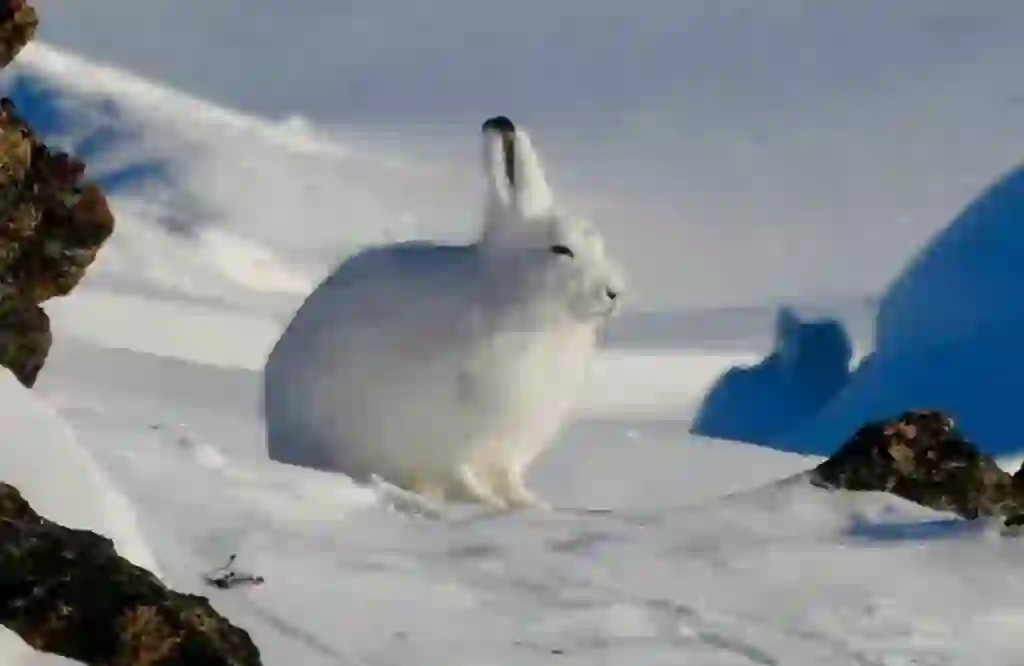
出典:https://unsplash.com/photos/o6GS1eOmCJ0
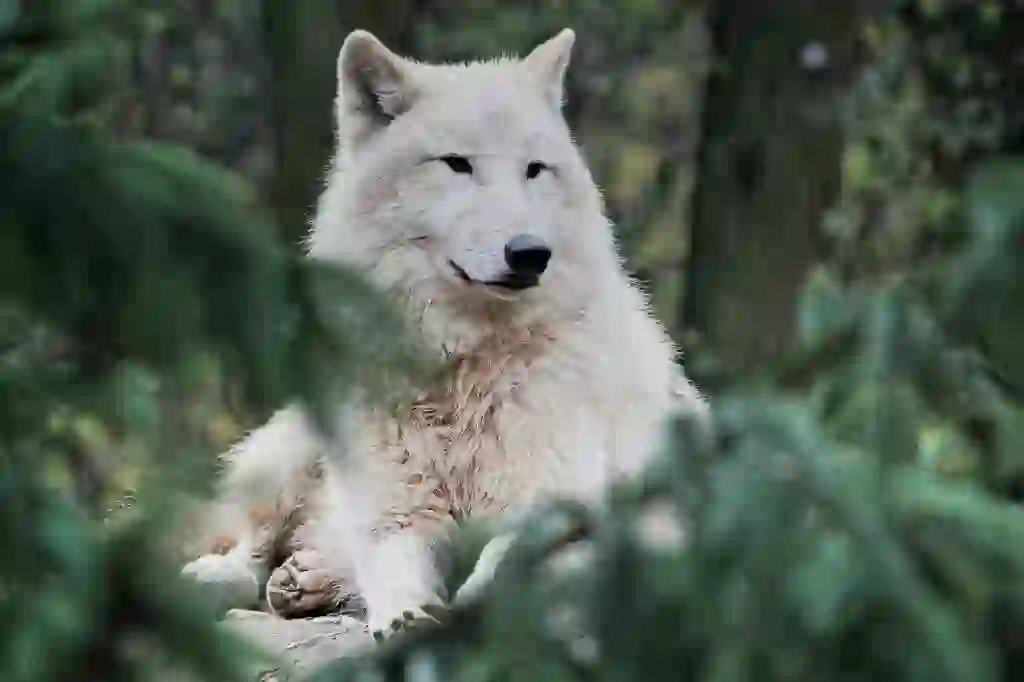
enemy
出典:https://pixabay.com/images/id-5961985/

enemy
出典:https://pixabay.com/images/id-3458442/
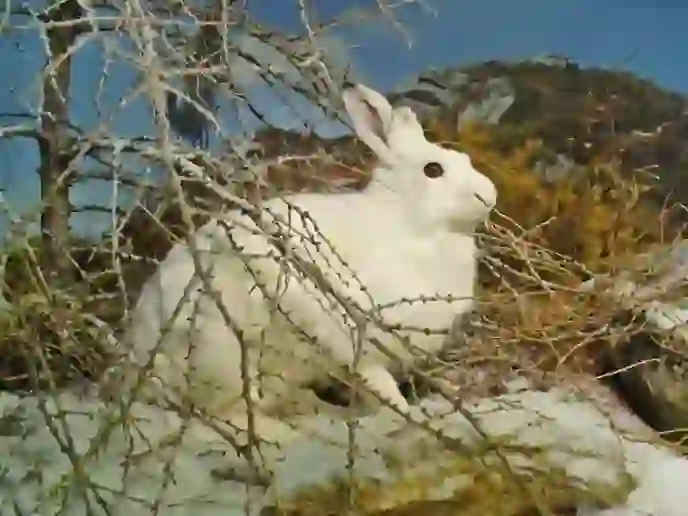
出典:https://commons.wikimedia.org/wiki/File:Lepus_timidus_01.JPG
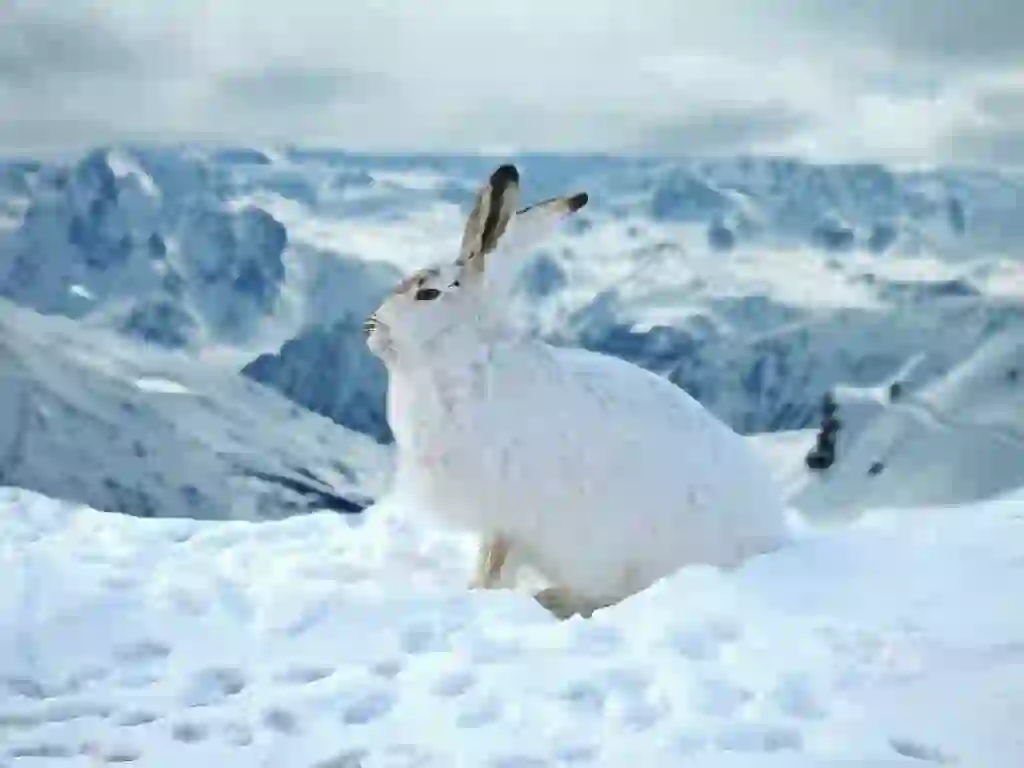
出典:https://pixabay.com/images/id-3053514/

Help Enrich Our Animalbook.jp with Your Media!
We are constantly looking to expand and enrich our Animalbook.jp with amazing photos and videos of animals. If you have any media that you'd like to share, please contribute and help us showcase the beauty and diversity of the animal kingdom. Your submissions will be credited and featured in our encyclopedia, reaching a wide audience of animal lovers.
















